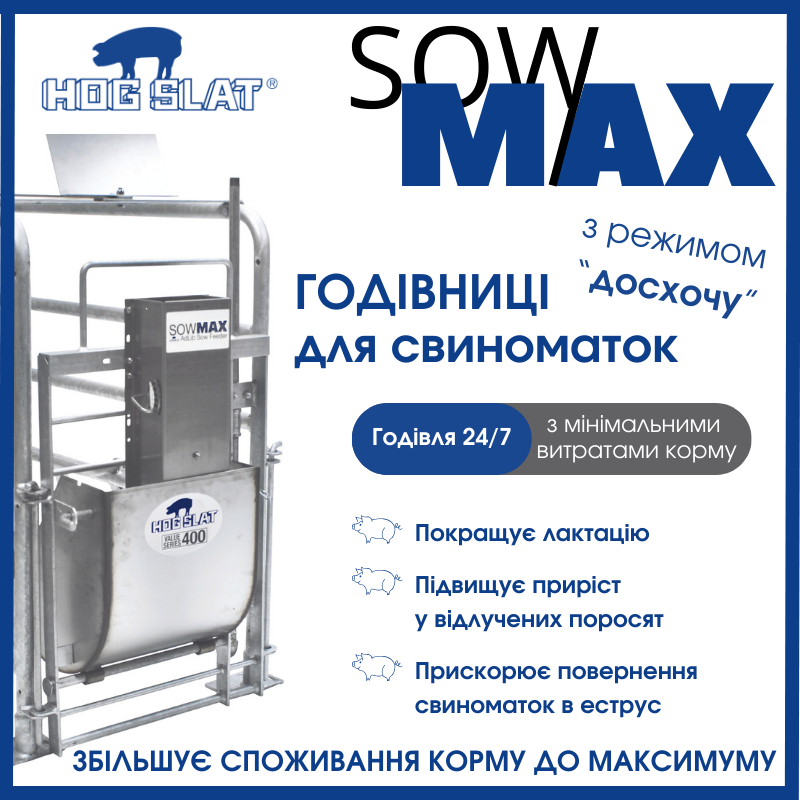The committee includes experts representing the Department for Environment, Food and Rural Affairs (Defra) as well as the governments of Scotland and Wales. They also analyzed the effectiveness and welfare implications of alternative stunning methods, including inert gas systems and manual or automated electrical stunning.
According to the report, the transition period for phasing out CO₂ should be as short as possible — no longer than five years. The committee emphasizes that the industry should implement changes as quickly as possible, without waiting until the end of the transition period.
Currently, about 90% of pig stunning operations in England and Wales are performed using so-called Controlled Atmosphere Systems (CAS). In these installations, 5–7 pigs are placed in a special cage or “gondola,” after which a high concentration of CO₂ is rapidly introduced into the chamber.
The system consists of a deep pit containing 3–6 gondolas that move in a loop and are lowered and raised using a mechanical drive. To maintain the required gas concentration, CO₂ is continuously pumped into the base of the pit.
The committee notes that exposing conscious pigs to high concentrations of CO₂ is associated with three major welfare concerns:
- Pain, manifested through loud vocalizations;
- Respiratory distress, leading to hyperventilation;
- Fear, causing animals to attempt to escape.
These reactions occur before the loss of posture, meaning they take place while the animal is still conscious, making CO₂ one of the most distressing stunning methods.
The AWC stresses that transitioning to more humane alternatives is an essential step toward reducing animal suffering and raising welfare standards in the UK pig industry.
PigUA.info based on materials from pigprogress.net



